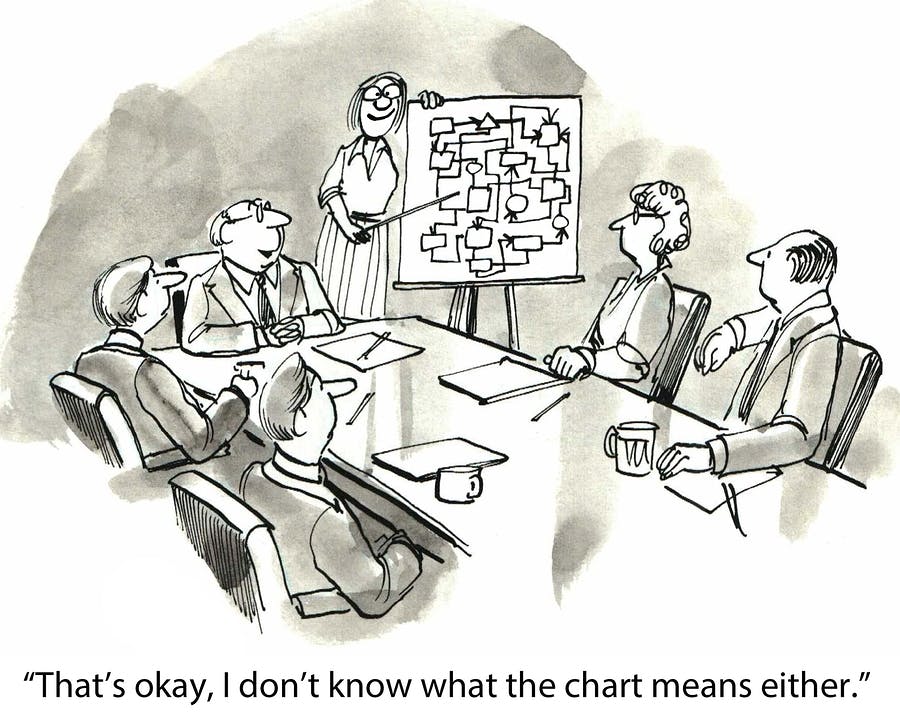If there is one thing that is for sure in business, it is that the future is guaranteed to no one. In order to continue to grow a sustainable and thriving business, strategic evaluation of organizational performance that anticipates the needs of both today and the future will keep your organization on track to optimally perform and adapt to changing market landscapes.
The senior leadership team of an organization needs to regularly address the challenges being faced internally and externally, while reviewing current trends that may influence the organizations’ performance. An org chart creates the operational framework and structure for a company to function and optimally perform the tasks necessary to achieve strategic outcomes. When organizational strategy changes, structures, roles, and functions should be realigned with the new objectives.
Signs your structure is no longer working
Employees may be venting their discontent about their lack of knowledge of where the company is heading or are unaware of the vision for the future. Mistakes are being made, new hires are failing and it is becoming increasingly obvious that the structure being used is not adaptive and is creating inefficiencies hurting performance.
If any of these signs are occurring, it may be time to reassess the required functions needed now and moving ahead. A dated or poorly crafted org chart is useless to an organization.
Is your workforce strategy optimal?
When was the last time you revisited your corporate strategy, vision and objectives? Making sure that your organization is optimally performing and utilizing the largest investment — your human capital — is paramount to making the organizational structure perform optimally. Applying current, relevant, strategies responsively reduces the risk of reacting poorly or even stagnating as market conditions change. The strategy and structure must support the internal values and the guiding mission of the organization both today and in the future.
Start your reorg with a map
The functions required by the organization may need a refresh or even a major overhaul. Before changing the structure itself, it is important to first map out the required functions with the leadership team. Without looking at people or job titles, what function needs to have authority? Who is accountable for what, and how will each function will be measured?
Restructuring is almost always necessary when an organization is changing strategies or entering a new life cycle. Break from the past and view the organizational structure needed with fresh eyes. How will you introduce new staff or locations into the organization moving ahead?
Change the traditional structure
A traditional hierarchy still makes sense for some, but today’s workforce is increasingly requiring companies to launch virtual divisions for fast expansion or to access specific skills. This changes a traditional management reporting structure putting a new focus on accountability for results. Small and agile teams that are adaptive are now a competitive threat, as the emerging modern workforce is no longer traditional in nature. Plan for future design structure adjustments before they become a critical necessity.
Communicate organizational changes
It is critical that any strategic changes to the org chart are communicated internally so the implementation is successful. Change management is a critical component of achieving strategic objectives, while making sure everyone internal and external to the organization is on board and knows what is expected of them. Out of date functions or poorly implemented new strategic directions can create dysfunction and poison a culture. A properly designed, communicated and accessible organizational org chart, decreases resistance to necessary changes and accelerates the execution, while positively influencing of behaviours of the firm’s informed personnel.
Whether it is once a year or more frequent, keeping a pulse on the direction of your company is essential to prevent the threat of losing both performance and the moral of a team. Giving an organization a strategic tune up regularly, aggressively keeps growth in check and your business sustainable.
